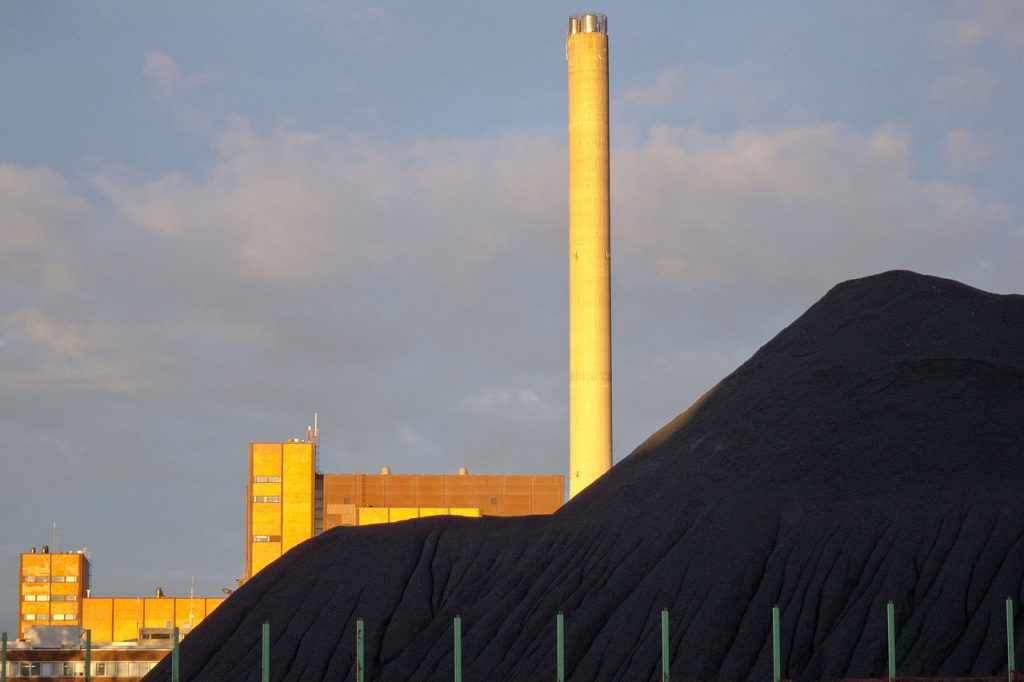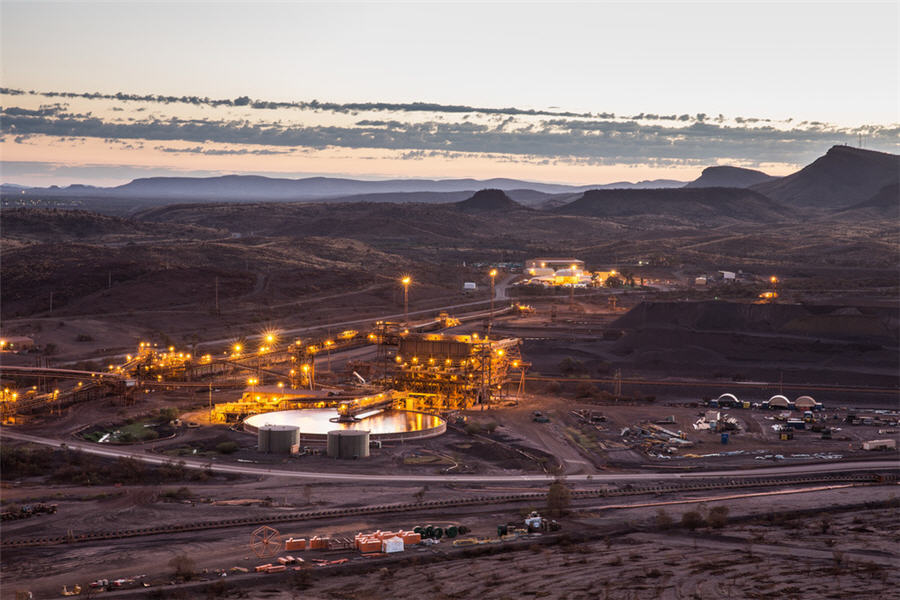There’s a lot going on in there. But the most noticeable aspect is how the bars shift from being dominated by the blue and black of coal and natural gas in the years leading up to the financial crisis, to a much more changeable mix, including the rapid growth of that pink element for wind and solar power.
To make that a bit clearer, the chart below shows the average annual change for the different power sources over some longer and shorter time frames. I’ve grouped coal and oil together, as well as hydropower, nuclear power and other non-wind or solar renewables, to make things a bit clearer.
In the decade prior to 2008, fossil fuels accounted for 77 percent of the growth in global power generation. That has dropped to 55 percent for the period since then, falling below 40 percent looking at just the past five years. Coal had a resurgence last year. Even so, the 43 percent share of growth for fossil fuels was less than wind and solar’s 45 percent.
The point here isn’t to dismiss BP’s original chart, which cannot fail to catch one’s eye. It is sobering that two decades of efforts and actions to shift the global power sector to a more sustainable footing haven’t moved the overall mix more significantly.
Equally, to come away with the impression that things are static would be to misread, or half-read, the data. For example, if things were fixed so firmly, it’s unlikely that, despite a 7 percent increase in U.S. coal production last year, the Trump Administration would be dusting off a law from the Truman era to justify bailouts of power plants burning the stuff (notably, all that extra coal output was shipped overseas).
This isn’t just about coal; look back at that chart and note how natural gas’ share of growth in power generation has been squeezed over the past few years. Competition among fuels and technologies has intensified dramatically and is accelerating as costs for renewable sources, in particular, have fallen.
Incumbency identifies history’s winners. Growth, even at a nascent stage, identifies what comes next – and attracts investment accordingly.
(By Liam Denning)





Comments